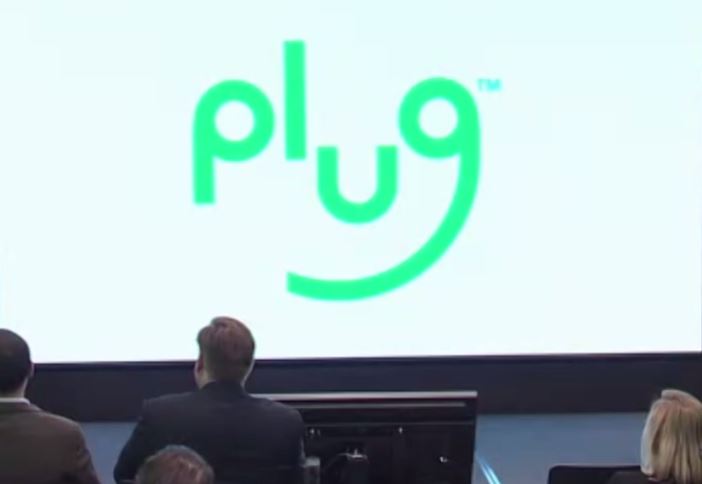Plug Power has installed and commissioned a one-megawatt proton exchange membrane electrolyzer system at an Amazon fulfillment center in Aurora, Colorado.
This marks a pivotal moment as the first electrolyzer system for Amazon, producing low-carbon hydrogen to fuel over 225 hydrogen fuel cell-powered forklift trucks at the site, known as DEN8.
The Plug 1MW electrolyzer, utilizing electricity and water to produce hydrogen, is designed to support up to 400 hydrogen fuel cell-powered forklift trucks. The hydrogen generated is compressed on-site and stored in a gaseous hydrogen storage tank, providing a sustainable energy source for the forklift fleet.
Plug Power CEO Andy Marsh emphasized the strategic partnership with Amazon, recognizing hydrogen’s essential role in the collective energy future. He highlighted the project’s significance in showcasing Plug’s capability to execute end-to-end solutions in the hydrogen value chain.
Plug has a history of collaboration with Amazon, deploying over 17,000 fuel cells in more than 80 fulfillment centers across North America. Traditionally, hydrogen for these locations was produced off-site, liquefied, and transported by trucks to on-site storage and dispensing systems.
The recent project, however, seizes the opportunity to leverage surplus electricity generated on-site, especially in locations where renewable energy exceeds immediate needs. This model not only enhances energy efficiency but also eliminates emissions associated with hydrogen transportation.
Plug’s innovative approach aligns with Amazon’s commitment to decarbonize its operations by 2040, as outlined in The Climate Pledge. Asad Jafry, Director of Global Hydrogen Economy at Amazon, emphasized the environmental benefits of on-site hydrogen production, making the use of hydrogen more energy-efficient for specific locations and facility types.
For this groundbreaking project, Plug provided comprehensive services, including design, installation, commissioning, and maintenance for the 1MW PEM electrolyzer and hydrogen storage. The system seamlessly integrates with existing refueling infrastructure and fuel cells at the Amazon site, marking the first operational electrolyzer system at an Amazon facility.





